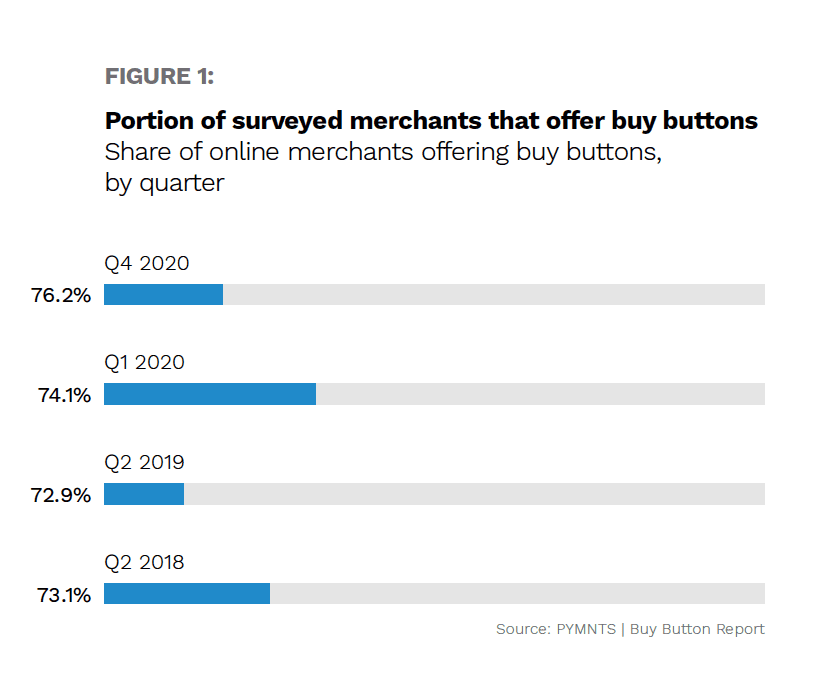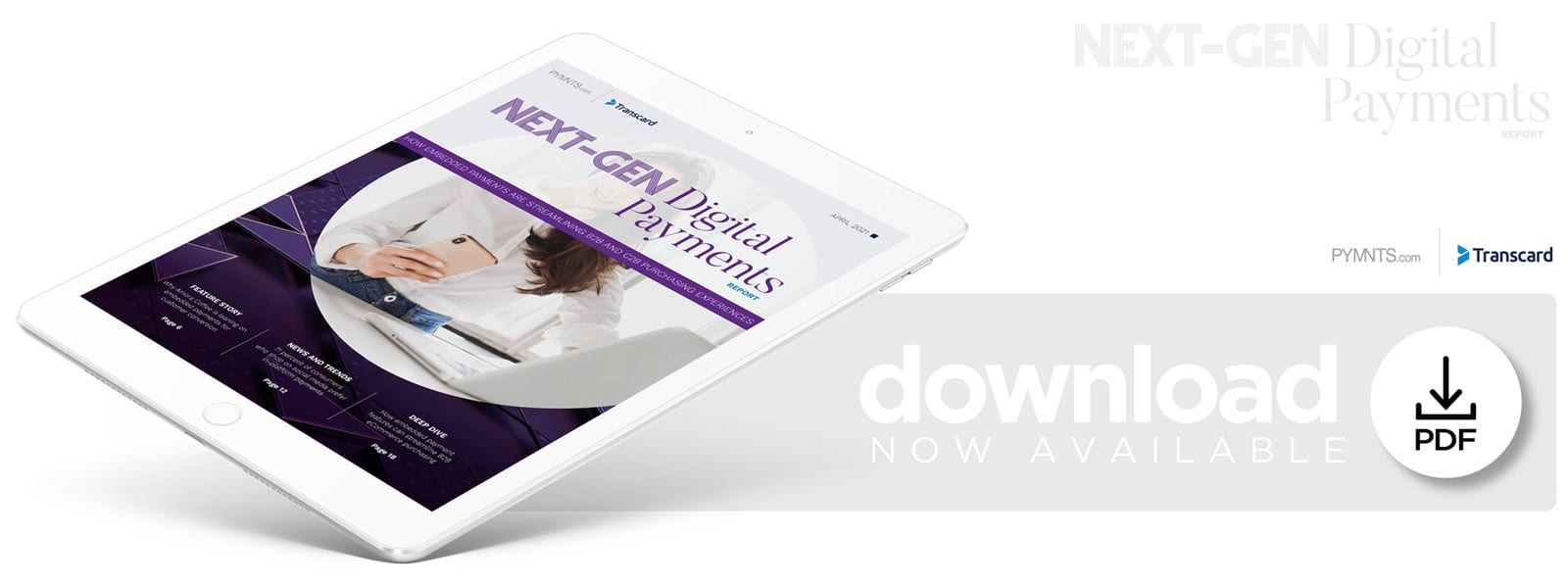Deep Dive: How Embedded eCommerce Payments Can Remove B2B, C2B Purchasing Friction

Every corporate buyer is also a consumer, meaning that professionals who have become accustomed to streamlined purchasing experiences when making consumer-to-business (C2B) payments in their personal lives are likely to begin craving such seamlessness for their B2B payments as well. B2B transactions have historically involved cumbersome payment flows that rely on corporate buyers mailing paper checks after receiving invoices via postal mail, but consumers and businesses are stepping up their online transactions like never before during the pandemic, opening the door to new commerce opportunities.
Consumers are used to browsing eCommerce marketplaces and tapping embedded payment options at checkout for seamless purchasing experiences, and B2B sellers could be wise to take a page from the C2B payments playbook by bringing similar payment features to their B2B eCommerce platforms. This Deep Dive examines the demand for embedded payments among consumers and the potential benefits that such capabilities could offer the B2B sector.
The Appeal Of Buy Buttons
Consumers have shown considerable interest in using click-to-purchase buy buttons to quickly complete eCommerce transactions. PYMNTS’ Q4 2020 study of 811 companies found that buy buttons can significantly reduce checkout times, with consumers spending an average of 99 seconds on checkout when leveraging the feature compared to 176 seconds when not using it.
Merchants also appear to see buy buttons as important to their success strategies. The share of eTailers that offered buy buttons rose last year from 74 percent in Q1 2020 to 76 percent in Q4 2020 — even though many retailers were experiencing declining sales due to the pandemic. Merchants suffering revenue declines are typically judicious with their resources, further highlighting their overall prioritization of buy buttons.

Many eTailers appear to believe that this kind of embedded payment option can encourage sales and reduce checkout frictions, and additional buy button capabilities have recently emerged that could provide greater streamlining and security globally. Major card brands introduced Secure Remote Commerce (SRC) in 2019, a capability that allows shoppers to click a “universal” buy button to pay online or in-app using the preferred cards they hold with any of the participating brands. This function spares shoppers from having to enter card details each time they make a purchase, making payments more convenient and secure while helping merchants reduce cart abandonment risks.
Embedded Payments In B2B eCommerce
B2B sellers have not traditionally paid much attention to streamlining their eCommerce experiences because most corporate buyers seemed comfortable with traditional — albeit lengthier — processes in which they placed orders, waited for invoices in the mail and then wrote and mailed back paper checks or logged on to digital payment portals to complete transactions. These methods no longer satisfy many business clients today, however, and B2B transactions are increasingly occurring over digital platforms.
A shift toward digital commerce in the B2B space has been on the horizon for a long time. Research has estimated that B2B eCommerce marketplaces could facilitate $3.6 trillion worth of sales by 2024, and the pandemic is accelerating such trends. This shift could prove lucrative for vendors that are well-positioned to cater to digital purchasing demands, especially as an August survey of 85 business buyers revealed that 57 percent were making more purchases on eCommerce sites during the health crisis. eCommerce purchasing experiences that are too complicated or time-consuming run the risk of frustrating procurement professionals and leading them to abandon their shopping journeys. B2B vendors seeking to cater to the rising demand for digital purchasing options may therefore wish to examine the tools and solutions that remove frictions from consumers’ online shopping experiences and apply them to their own B2B platforms.

